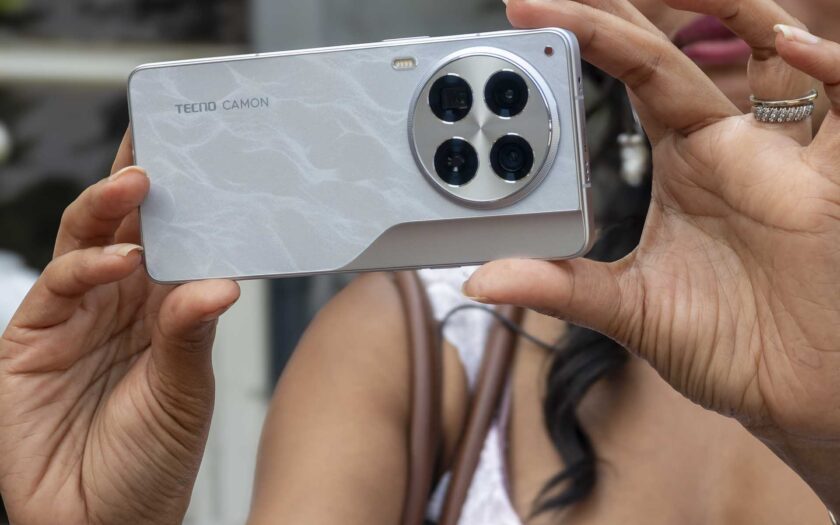TECNO has been working really hard to progress in the smartphone industry by providing some really innovative, well-designed, interesting smartphones at much more budget-friendly prices than the competitors. The TECNO Camon 30 Premier 5G is the latest model with 3 great quality Sony camera sensors on the back. Its design is more like a camera as well with a big circular Oreo cookie hump similar to what Xiaomi and Huawei are also doing.
Specifications
The CAMON 30 Premier 5G runs on Android 14, with a MediaTek Dimensity 8200 Ultimate 5G processor, 512GB ROM+24GB RAM* (12GB+12GB Extended), and a 5000mAh battery that supports 70W fast charging.
Hardware
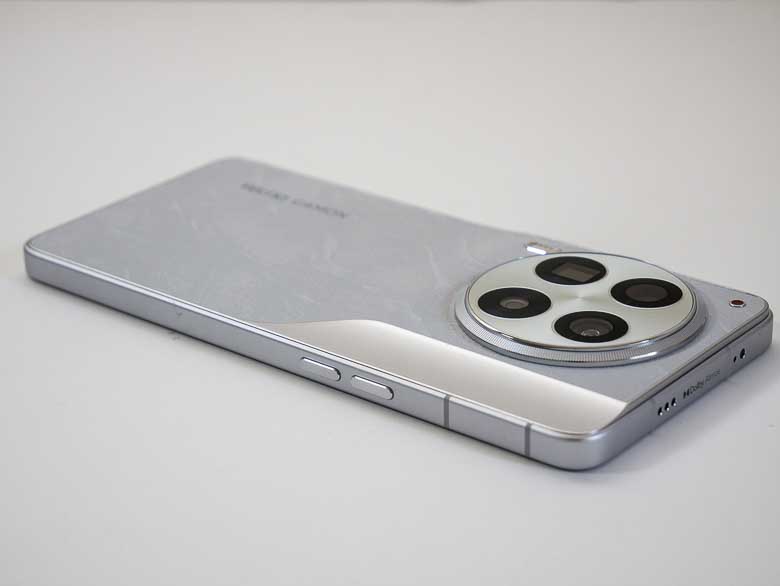
The hardware design on this phone is really gorgeous. It’s unique and asymmetrical too, which I kind of love. There’s an interesting curve cut into the edge of the back besides the camera hump. I don’t think this serves any real purpose, but I love the design aesthetic of it.
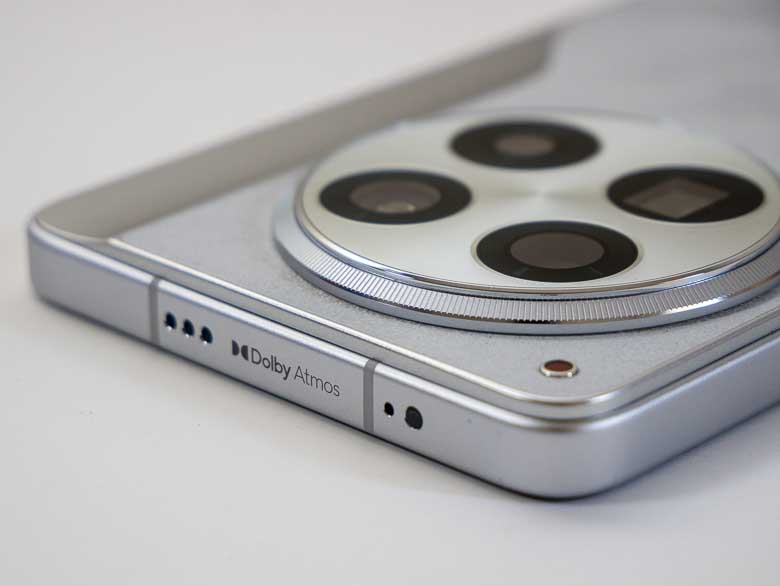
The flat edges make it easier to hold since there’s more surface area for your fingers to grip. At the top, we’ve got some speaker holes along with a “Dolby Atmos” logo and antenna break spots along the edge.
On the back you can see a red LED light that indicates with the camera is recording. This is a setting you can turn on in the camera app and I kind of love it. It helps my influencer models recognize when the video starts and ends.

On the right side is the power button. It’s raised up from the flat edges just enough to be able to find it by touch alone, and it’s big enough to easily press. This isn’t one of those tiny slivers that other phones have.

On the bottom we have some more speakers grill holes, a USB-C port, and the SIM card tray slot along with a microphone hole hidden in one of the plastic breaks between the metal.
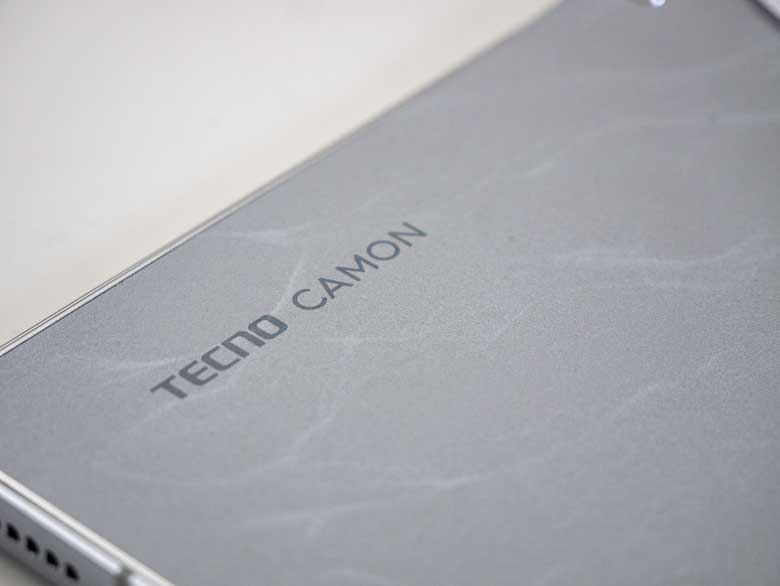
With this color model, the backing has a matte texture to it with kind of a grey and white marble texture graphic in it. It’s again a very unique design and I like it a lot.
Camera

It looks like there are 4 cameras on the back, but really we only have 3. The fourth circle is just a depth sensor for the fake bokeh filter mode. You may have seen other reviews refer to the “zoom ring” around the circular camera array here, but it’s just a design aspect. The ring has ridges as if it was something that you could grip and rotate to change the zoom levels or such, but it doesn’t do that at all. It doesn’t move. It’s just decoration. I still like it as a decorative aspect though.
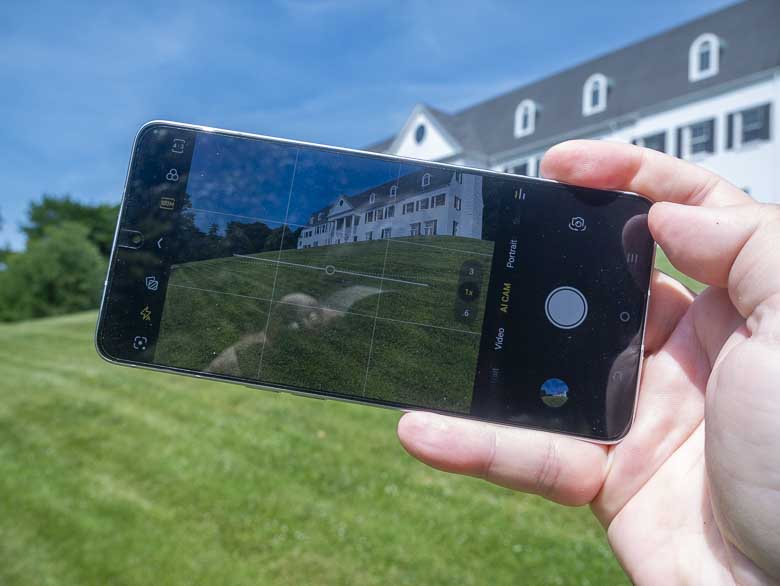
The camera array is not bad at all. My biggest problem with it is the fact that there is no RAW/DNG output, so we can’t have the full flexibility for post-processing that we would on other phones.

The 70mm equivalent 3x lens with 50Mp sensor might be my favorite. It’s got a good telephoto range for portraits and less distortion than the “normal” wide angle lenses. This lens has some nice actual natural bokeh (not the fake background blur filter that many add with software) in the right situations. Also it’s important to note that this camera sensor outputs to 12Mp JPG files. There is an option to switch it to 50Mp output, but no extra detail comes out of that. The 50Mp version just looks blurry with more pixels as if it was upsampled from the 12Mp output of the sensor.

The normal 1x 23mm equivalent lens with 100Mp sensor works pretty great. The colors are nice as is the detail at its 12Mp output. Again, this camera has an option to output to 100Mp JPGs, but they don’t look like 100Mp. The 100Mp JPG output looks like it was upsampled from the 12Mp image. The sensor probably has pixel binning built in which combines 8 pixel sensor data into one pixel.
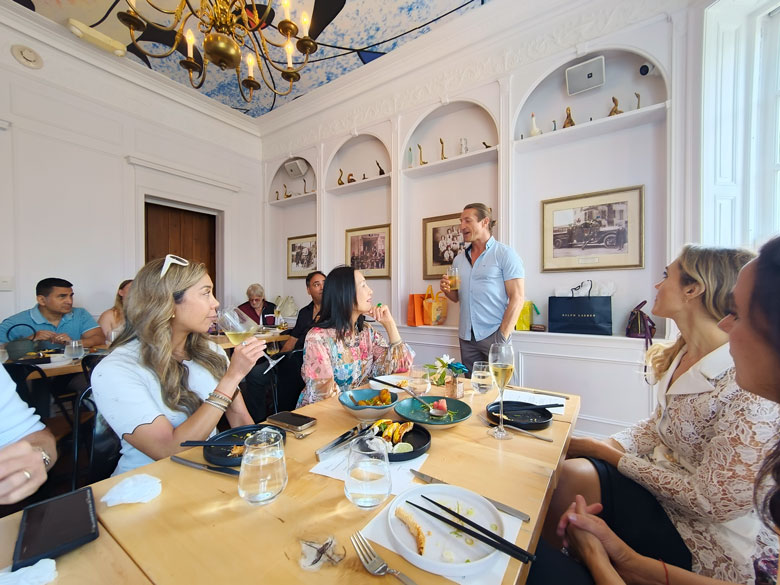
The ultra wide angle 14mm equivalent lens camera combo is quite satisfactory as well. Again it outputs as a 12Mp JPG so we don’t get the full 50Mp RAW data, but the resulting JPGs are still very nice.

The front facing 23mm equivalent camera is actually very nice. It’s a lot better than the front facing cameras I’m used to with Xaiomi and maybe even the Google Pixel. This is another 50Mp sensor that outputs to 12Mp JPG and I like it a lot.
Software
The Tecno Camon 30 Premier 5G runs Android 14 with HiOS 14. HiOS is TECNO’s customized version of Android. It’s similar to XOS, Infinix’s version of Android. Both Infinix and TECNO are owned by Transsion Holdings of Shenzhen China.
Transsion’s version of Android is relatively similar to all of the others, but includes programs like T-Spot, Hola Browser, Ella, Welife, Visha Player, Hi Theme, AI Gallery, AHA Games, Carlcare, Phone Master, and Palm Store. Google’s programs and the Google Play store are there too, so it’s not a big deal. Installing from F-Droid is pretty easy as well; much better than Xiaomi’s user experience with 3rd party stores (Xiaomi often blocks installing programs from F-Droid and other sources.)
In my DNS server, I see a lot of requests to shalltry.com, hisavana.com, transsion-os.com, and aliyuncs.com so it may be worth limiting some of those.
Pros/Cons
Pros
- Beautiful unique hardware design
- Three decent quality cameras with different focal lengths & 12MP output (from 50 & 100Mp sensors)
- Premium quality at a relatively budget price
Cons
- Looks like it has 4 rear cameras but really only has 3
- Cameras don’t output to RAW DNG formats
- Software includes some strange apps that you may want to block
- Transsion’s version of Android leaves much to be desired
Pricing
The Tecno Camon 30 Premier 5G can be found for about $560-$600. It’s mostly available on eBay in terms of online stores. You can find more info about the phone on the TECNO website.
Conclusion
I really love the innovation that TECNO has been putting into their smartphones lately. The TECNO Phantom X2 Pro 5G from 2022 had an extremely cool telescoping camera lens and the camera tech they announced in 2023 is extremely interesting as well. Still, while I love the very much improved image quality of the Camon 30 Premier’s new camera array, it kind of lacks a bit on the crazy innovation front. Well, except for the gorgeous design… that part is also great. In terms of internal hardware tech, it feels more like a safe-bet flagship rather than something that would be pushing the envelope like the liquid lens or W-shaped aperture that TECNO is working on in their labs.
